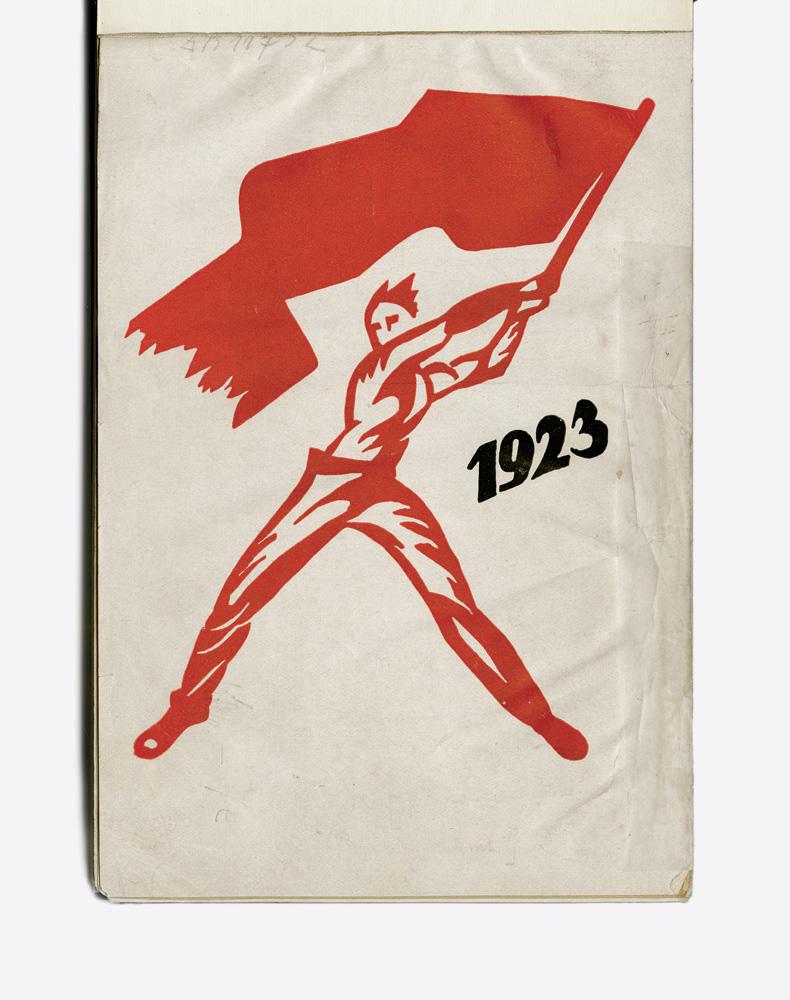The history of the revolution as wall decoration
The 1750-some pages of the worker’s calendar (Arbeiterkalender) issued between 1923 and 1933 by the Cominternowned publishing house Carl Hoym Nachf. offered readers internationally sourced material. It served for the illustration and study of nineteenth- and twentieth-century history of exploitation and revolutions. Mass visual culture, which expanded exponentially after the First World War with the rise of the illustrated press, the cinema and amateur photography, had a powerful influence on the Arbeiterkalender, which for the first time made public certain aspects of the Comintern’s editorial strategy. Once the collections of images had been made accessible not only in Russia, but in Germany as well, photographs, backed up by texts and by reproductions of works by Daumier, Meunier and Steinlen, began playing an increasingly dominant role. As a decorative item hanging on the walls of private homes, with a page being turned frequently (every one to three days), the workers’ calendar strove, in a pedagogical, emotional vein, to set up connections between everyday life, historical time and the utopian dream. “Calendars do not measure time the way clocks do. They are monuments of a historical consciousness” (Walter Benjamin).

Jolán Szilágy, page de titre de l’Arbeiterkalendar de 1923, linogravure, 22 × 13,4 cm, 1922. Deutsche Nationalbibliothek Leipzig.
In 1993 Wolfgang Hesse founded the journal Rundbrief Fotografie, of which he remained editor-in-chief until 2014. He has worked, among others, for the Kupferstichkabinett, the Deutsche Fotothek and the Dresden Stadtmuseum. From 2009 to 2015 he directed the research project “Das Auge des Arbeiters”, and recently co-curated Die im Licht steh’n. Fotografische Porträts Dresdner Bürger des 19. Jahrhunderts (2019).
Keywords: Arbeiterkalender, Comintern, mediatisation, everyday activity, Germany
Citation: Wolfgang Hesse, « Le calendrier rouge. L’histoire de la révolution comme décoration murale », Transbordeur. Photographie histoire société, no. 4, 2020, pp. 26-37.